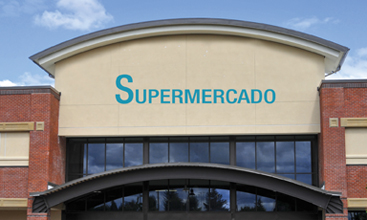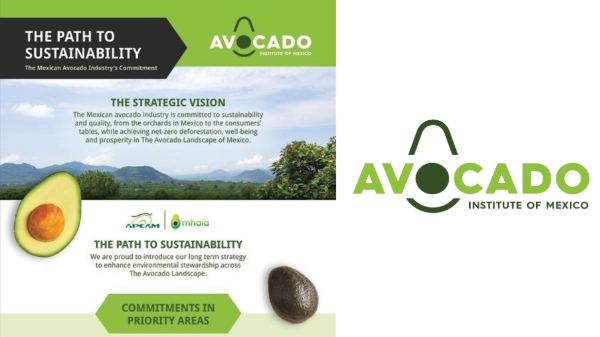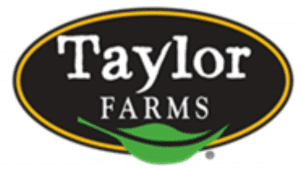Welcome to Blue Book!
Are you ready to join the thousands of companies who rely on Blue Book to drive smarter decisions? View our plans and get started today!
Still have questions? We’d love to show you what Blue Book can do for you. Drop us a line– we’ve been waiting for you.

Future growth is likely to depend upon the ability to expand into untapped regions, with varying formats. Traditional supermarkets are vying for dollars against ‘fresh format’ stores like Whole Foods and Trader Joe’s, while dollar stores and convenience stores are upping the ante by stocking and selling more fresh produce and grab-and-go meals. The biggest limited assortment retailer, Aldi, continues to make strides across the United States, opening hundreds of stores and enjoying steady growth.
Geographic Snapshot
While it is true that 77.9 percent of Hispanics live in just 10 states, led by four—California (at 27.5 percent), Texas (18.8 percent), Florida (8.5 percent), and New York (6.7 percent)—there are a number of states with surging growth rates of 120 percent or more from 2010 to 2012.
States with rapidly rising Hispanic populations include Tennessee (up 162.8 percent), South Carolina (161.3 percent), Alabama (156.7 percent), Kentucky (134.9 percent), South Dakota (131.7 percent), Arkansas (131.1 percent), North Carolina (124.2 percent), North Dakota (121.6 percent), and Maryland (121.0 percent).
Tom Verna, vice president of marketing at Geoscape, a business intelligence firm specializing in Hispanic and other ethnic segments, identifies several markets as ripe for further development. A top contender is Raleigh-Durham, North Carolina, where the Hispanic population grew 180 percent in just two years. “There will be a growth curve for Hispanic chains,” he says, to “open their eyes beyond their local market.”
General-Market Competition
As the Hispanic market has grown, mainstream grocery stores, mass merchants such as Walmart, and online grocers have increasingly focused on Hispanic consumers through more fresh produce and other consumables with Hispanic-focused brands and nameplates.
For example, Texas-based H-E-B Grocery Company, LP, headquartered in San Antonio, launched Mi Tienda, while Publix Super Markets, Inc., based in Lakeland, FL opened Sabor stores throughout the state. On the mass market side, Walmart has also made significant inroads with Hispanic shoppers by stocking Latin-themed products in certain neighborhoods.
This entry of mass chains—along with the increasing acculturation of the Hispanic market—is causing many Hispanic supermarkets to refocus their efforts on foreign-born consumers to a large degree.
“The Hispanic channel is essentially for recent immigrants,” says Greg Prang, director of global insights at the Bellevue, WA-based Hartman Group. “They want to eat the foods they grew up with.” He notes that Hispanic-American eating and shopping habits often evolve, depending on how long individuals have lived in the United States. “It’s a very multicultural world,” Prang says. “Whether it is health or budget, everyone has the same goals.”








